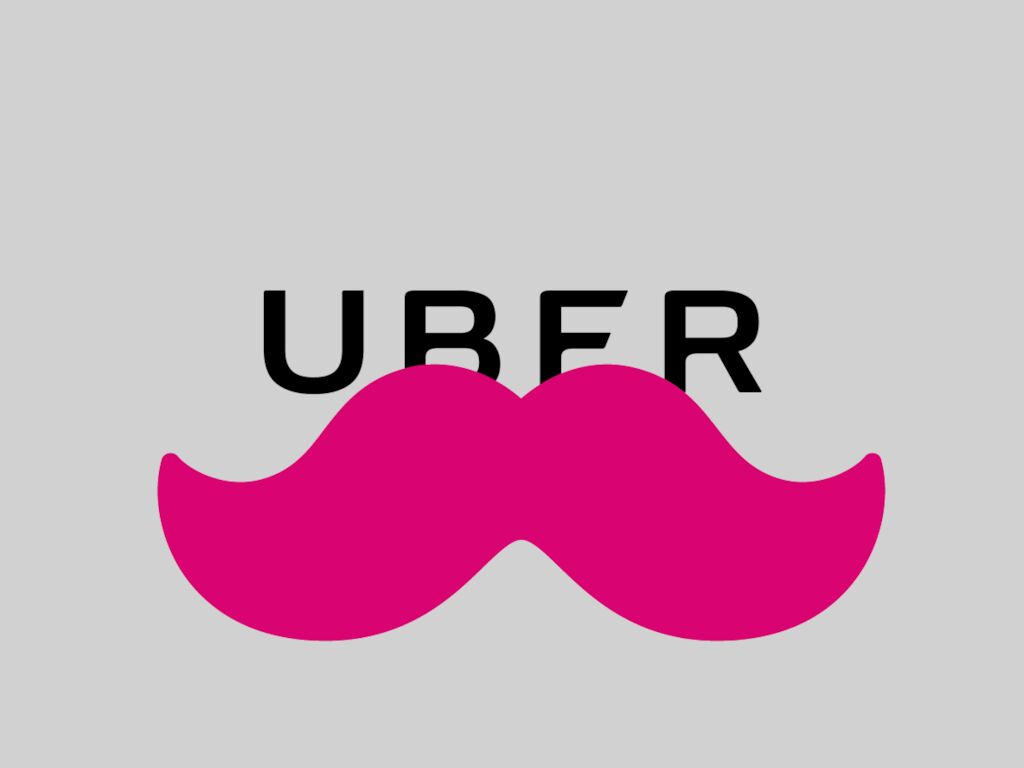Reports of scandals and missteps at Uber over the last several months have been prolific. Allegations of sexual harassment, the theft of trade secrets, and regulatory obstruction, plus the resignation of CEO Travis Kalanick, created a sense of never-ending drama for the company and clouded perceptions of the brand.
The onslaught of bad publicity, including a #DeleteUber campaign after the company broke a taxi strike in New York earlier this year, only reinforced negative impressions and impacted Uber’s business. Recent reports have shown the company’s market share sliding from 84 percent to 77 percent during the first five months of the year (source: Second Measure).
All to the benefit of Uber’s primary competitor, Lyft.
During my career in branding, I’ve helped a number challenger brands carve out lucrative spaces for themselves in the shadow of a dominant players. They’ve done this by creating unique and memorable brand experiences that add value to an otherwise common offering, whether that be in banking, healthcare, or education. I’ve long admired how Lyft has taken a different approach beyond just a car service that gets people from here to there.
Long known as the warmer, friendlier ridesharing alternative (think pink fuzzy mustache), Lyft has intentionally built its brand to be better, not biggest. Every aspect of the brand experience is designed to deliver a clear contrast to the other never-mentioned-by-name option. Lyft’s name is friendlier, suggestive of one offering you “a lift.” The logo, color scheme, graphics, and language are all designed to be welcoming and approachable, in stark contrast to Uber’s cooler tones and steely image.
Even the drivers, many of whom also work for Uber, are known to be friendlier and more conversational with riders, occasionally thanking the passenger with a fist-bump. This may be due to Lyft’s more generous bonuses, same-day cash-out policy, and longstanding practice of allowing tipping, which Uber recently adopted and is rolling out in select cities. Everything about the Lyft brand is carefully designed to focus on people and the experience, rather than technology and the transaction.
Uber is still the Goliath of ridesharing. It has successfully established itself as the dominant player and still commands loyalty among over 40 million monthly riders, who rely on the convenience afforded by its scale. Uber is the primary go-to ridesharing brand and continues to grow in the U.S. and worldwide.
But David is not backing down. Lyft has built its brand to offer something different — and there’s a loyal segment of the market drawn to that. Ridesharing is designed to move people around more efficiently and cost-effectively. But Lyft offers a way of doing so that’s designed to make the rider feel better, more special, perhaps even more responsible — they’ve hailed their ride with a clear conscience.
Of course, it doesn’t hurt when Goliath stumbles. In the wake of Uber’s string of bad news, Lyft’s bookings were up 135 percent year-over-year in April 2017 (source: PYMNTS.com).
Every industry has its Uber. And every industry always has room for a challenger that offers a clear alternative. Identifying that difference and creating a contrasting brand experience are essential when going head to head in the daily course of business, especially during times when it’s clear the leader is not quite so indomitable.
_John Winkleman is Director of Client Services at MetaDesign San Francisco.
